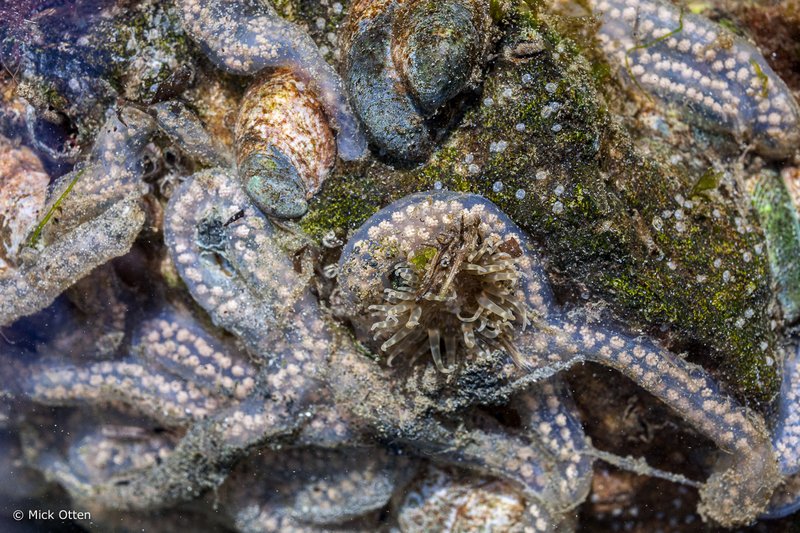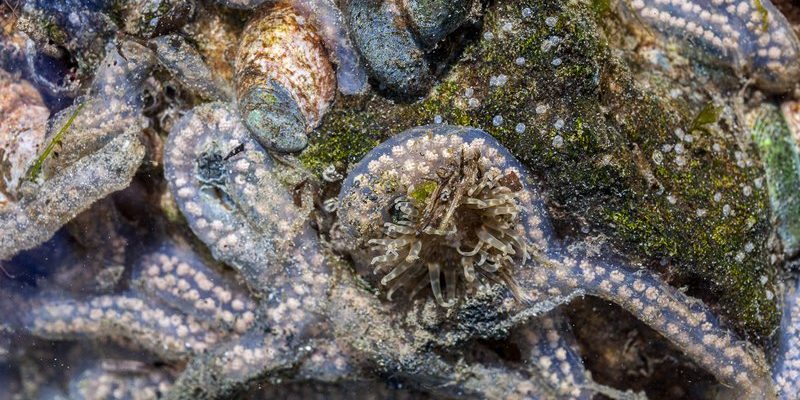
Bootlace worms are mostly found in cold waters, primarily in Europe but also in parts of North America and beyond. Their bright colors make them stand out, but what’s even more interesting is how they reproduce and care for their young. This article dives into the complex world of bootlace worm reproduction and egg laying, unraveling the mysteries of how these remarkable creatures ensure their survival.
Understanding Bootlace Worms
Before diving into their reproduction methods, it helps to have a clearer picture of what bootlace worms are. These worms, scientifically known as *Lineus longissimus*, can grow over 30 meters long—making them some of the longest animals on the planet. Despite their length, they’re typically thin and ribbon-like, often found in marine environments like shallow waters and tide pools.
What sets them apart from other worms is their striking coloration, which can vary significantly depending on the species. They often display vibrant hues of blue, green, or purple. You might think of them as the fashionistas of the worm world, dressed to impress while they swim through the depths of the sea.
The Reproductive Cycle of Bootlace Worms
Now that we have a handle on what bootlace worms are, let’s chat about reproduction. Bootlace worms are hermaphrodites, meaning each individual has both male and female reproductive organs. This unique trait simplifies their mating process—two worms can pair up and exchange sperm without needing to find a mate of the opposite sex.
Typically, they form a tangled mass during mating, which can be quite a sight! They’ll intertwine, sharing sperm, and once the exchange is complete, each worm fertilizes its own eggs. This method not only increases their chances of reproducing but also allows them to spread their genetic material more efficiently.
Egg Laying Patterns
After mating, the real magic happens: egg laying. Bootlace worms lay their fertilized eggs in gelatinous masses, which they attach to underwater rocks or other surfaces. This protective casing helps shield the eggs from predators, giving them a better chance of survival.
When laying eggs, the worms often produce a considerable number, sometimes thousands at a time. Here’s the thing: more eggs mean a higher likelihood that some will survive to adulthood. Nature tends to work in numbers, and bootlace worms are no exception.
Development of Bootlace Worms
Once the eggs are laid, it’s a waiting game. The larvae develop inside the protective jelly, gradually maturing until they’re ready to hatch. This incubation period can vary based on environmental factors like temperature and water conditions.
When the larvae emerge, they’re quite different from their adult forms. They start off small and often resemble miniature versions of their parents, but they go through several stages of growth. Initially, they might float around with the currents before finding a suitable home to settle down and grow. Talk about a journey!
Environmental Impact on Reproduction
Environmental factors play a crucial role in the reproduction of bootlace worms. Changes in water temperature, salinity, and habitat can all affect their reproductive success. For instance, warmer waters might lead to more favorable conditions for egg development, resulting in larger hatches.
However, here’s the catch: if the water becomes too polluted or disturbed, it can significantly hinder their ability to reproduce. This makes understanding bootlace worm reproduction not just a matter of biology, but also a matter of environmental health. Keeping our oceans clean is vital for the survival of many species, including these remarkable worms.
Comparing Bootlace Worms to Other Marine Species
When looking at bootlace worms, it’s interesting to compare their reproductive strategies to other marine species. Take sea turtles, for instance. Unlike bootlace worms, they lay eggs on land, often traveling great distances to find the perfect nesting sites. The contrast in their approaches highlights the diverse strategies life has evolved to ensure survival.
Additionally, some marine creatures, like certain fish, may exhibit parental care after laying eggs, guarding them until they hatch. Bootlace worms, on the other hand, leave their eggs to fend for themselves. This difference raises questions about energy investment and survival tactics among various species.
Why Understanding Their Reproduction Matters
So, why should we care about bootlace worm reproduction? For one, these creatures are integral to their ecosystems. They contribute to the marine food web, and understanding their reproduction can help us gauge the health of marine habitats.
Moreover, studying these fascinating reproductive strategies can shed light on how we might protect marine biodiversity as environmental changes occur. The more we know about these creatures, the better equipped we are to safeguard their habitats and ensure their survival for future generations.
In conclusion, bootlace worms play a vital role in marine ecosystems, and their unique reproduction and egg-laying patterns showcase the wonders of nature. By appreciating and understanding these creatures, we can contribute to the ongoing effort to protect the delicate marine environments they inhabit. So, the next time you think about the bootlace worm, remember, they’re more than just long, colorful creatures—they’re survivors with a story worth telling.

